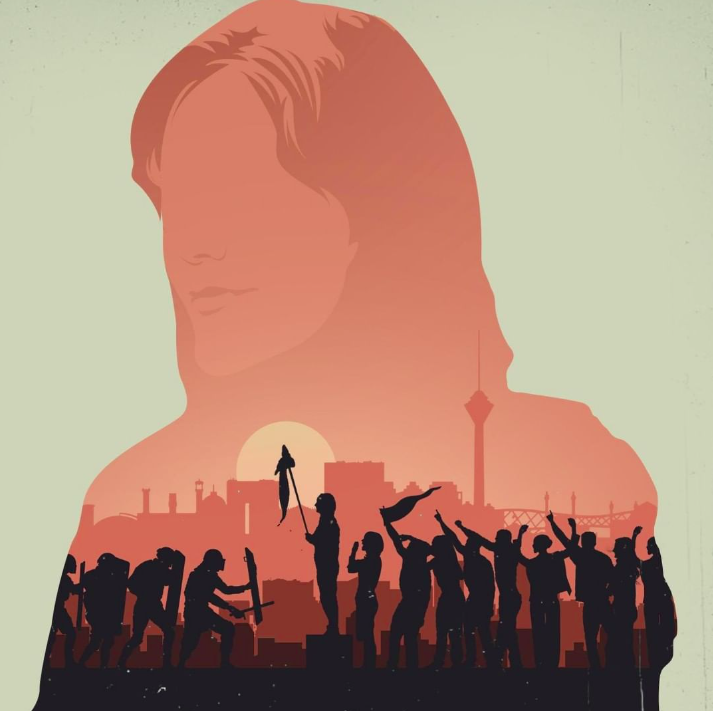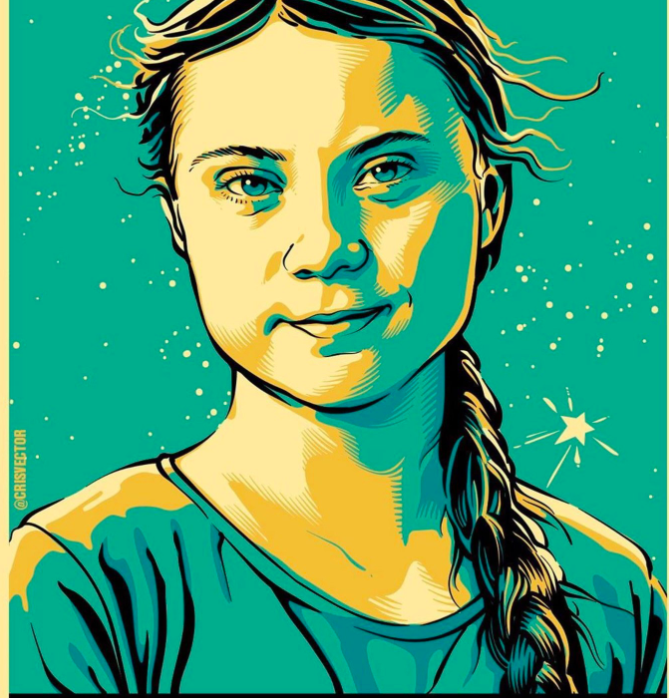The death of the 22-year-old has sparked outrage, resulting in a growing global movement opposing the Iranian regime. Protests started on 16 September and have intensified in cities across Iran, with police carrying out violent crackdowns. Iran has introduced a social media blackout after videos of women burning the hijab and cutting their hair went viral.
While authorities say Mahsa Amini died from underlying health reasons, her family and countless other Iranians believe she died as a result of having been beaten.
Protesters say that if they don’t act now, they could fall victim to the same fate. At least 30 people have been killed in the protests.
Iranian women were forced to wear hijab (headscarf) soon after the revolution and have lost many of their rights, including right to travel, right to work and right to child custody over the age of seven. There was little objection to these changes from men at the time.
“The fact that many men are joining the protests shows that the society has shifted to more progressive demands,” says Mehrdad Darvishpour, an Iranian sociologist based in Sweden.
The main slogan of protesters is “Woman, Life, Freedom”, a call for equality and a stance against religious fundamentalism.
he government has two options: To change its strict hijab rules, which are part of the identity of the Islamic republic. But doing so may encourage protesters to continue until they reach their final demand for regime change.
Or not to change anything and continue the violent crackdown and killing of protesters, which may briefly calm down the unrest but will only add fuel to their ever growing anger.
















